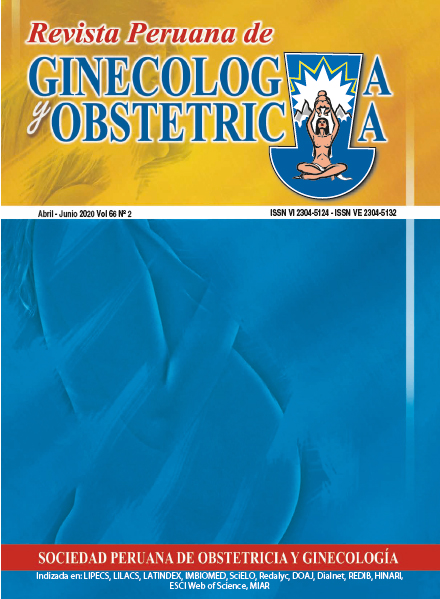Fetal ovarian cyst torsion. A case report
DOI:
https://doi.org/10.31403/rpgo.v66i2254Abstract
Fetal ovarian cysts are the most frequent fetal abdominal tumors. With an incidence of 1 in 2 500 live births and unilateral predominance, these cysts are generally diagnosed after 29 weeks’ gestation, when the hypothalamic-pituitary-gonadal axis has reached maturity. They are usually small, self-resolving and have limited clinical impact. Follow-up every two weeks is recommended; cysts larger than 4 cm have the highest complication rates. If it consistently presents the features of a simple cyst, it is recommended to wait until term for resection. We report the case of a fetus with an abdominal tumor diagnosed as fetal cyst, which prompted weekly monitoring of fetal hemodynamic parameters and cesarean section at 37 weeks. The newborn underwent laparotomy with left salpingo-oophorectomy. Fetal ovarian cyst torsion was diagnosed by histological examination.
















